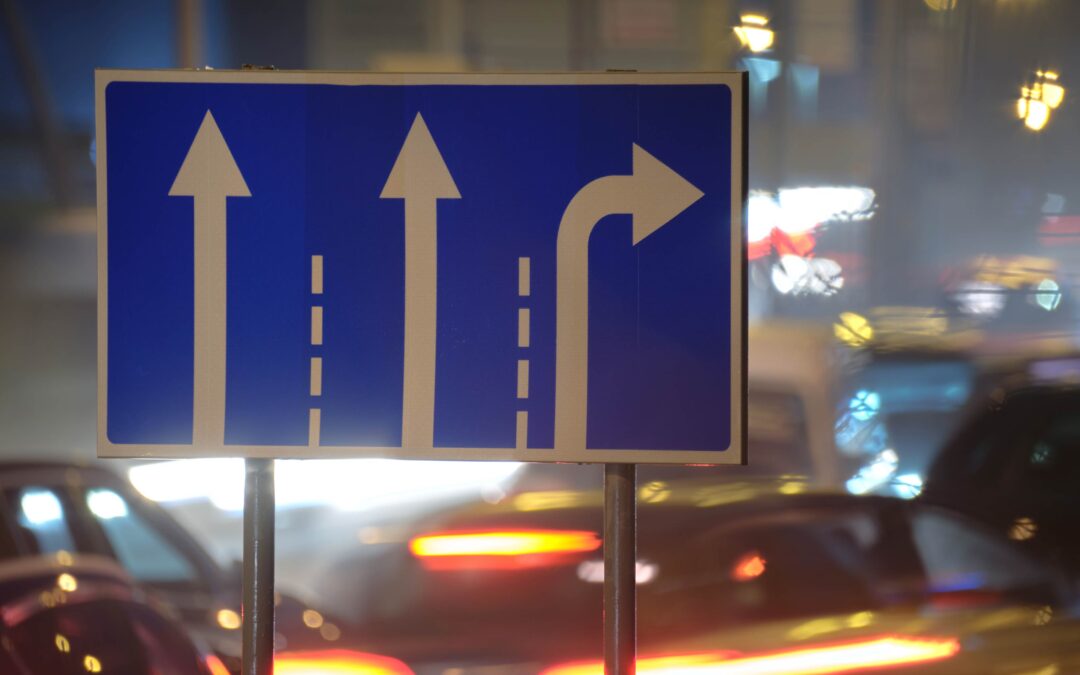The murder of George Floyd by police officers in Minneapolis has led to an outpouring of protest, rage, and in some cases destruction that should surprise no one. From Amadou Diallo to Trayvon Martin to Walter Scott to literally countless other killings (seen and unseen), we as a country have tolerated what can only be described as lynchings. This is, of course, the contemporary manifestation of a dehumanization of Black people rooted in slavery — and it’s crucial to see it in this historical context.
The deep anger, hurt, and fear felt by many Black Americans are the responsibility of white people. White peoples’ privilege (and the litany of things many white Americans have the luxury not to even worry about) takes so many forms it’s impossible to list them all here. But in aggregate it is the accumulated privilege of centuries of racist policies in every aspect of American life — from criminal justice to housing to healthcare.
The results are so pronounced — shocking disparities in basic rights and freedoms, net worth, and access to opportunity — that they stand in shameful contrast to the commonly embraced rhetoric about what America means. As Ibram X. Kendi notes in How to Be An Anti-Racist, “There may be no more consequential white privilege than life itself. White lives matter to the tune of 3.5 additional years over black lives in the United States.”
And that was before COVID-19. Now we’re all seeing the sickening statistics about the impact of this virus. The data tells us that the death rate for Black Americans is 2.4 times that of whites. There are of course multiple explanations for this: from bias in the health systems, to high rates of pre-existing conditions linked to a history of oppression and disproportionate exposure to environmental toxins, to disproportionate representation in front-line, “essential” jobs.
Every explanation, though, boils down to one thing: systemic, institutionalized racism. These deaths from COVID-19 are not a result of physical violence. But they are no less meaningful, no less of a violent blow, to the human beings who are losing a partner, a child, a sibling, a cousin, a friend.
Native Americans, too, are suffering massively and disproportionately. The genocides and subjugation endured by Native people are, of course, along with slavery, among this country’s original sins. The suffering (and widespread indifference to it from the country at large) has continued, and is now being laid bare by the pandemic. “If Native American tribes were counted as states, the five most-infected states in the country would all be native tribes, with New York dropping to No. 6, according to a compilation by the American Indian Studies Center at U.C.L.A.,” Nicholas Kristoff writes in a wrenching column in this Sunday’s New York Times.
And then there are the economic impacts. Latinx people, like Black people, are also suffering disproportionately from the economic effects of the virus. And Asian Americans have been subjected to virulent and revolting racism, stoked by overt xenophobia coming straight from the White House.
The advantages of whiteness in this country are on stunning, horrifying display. This is not new, clearly. But maybe the moment can prompt more of us who are white to ask ourselves some deep questions about our role and what we can do — as citizens, as parents, as neighbors, as community members.
And for those of us in philanthropy — whether individual donors, institutional funders, or advisors — the issues we must grapple with are just as important.
First, if you want to make a meaningful difference in response to the COVID-19 crisis, it literally can’t happen without equity at the forefront. Because of the starkly disproportionate impacts of this crisis, decisions about where to allocate resources must be informed by deep understanding of those inequities and their histories.
Equity and effectiveness in response to this crisis are one and the same. I am not saying, obviously, that COVID-19 isn’t resulting in tragedies for white folks. I am not seeking to deny anyone’s experiences or grief. But the data tells us everything about the disproportionality of the impact. Philanthropy must be informed by, and responsive to, this reality. And we need to understand that the higher rates of death of Black people due to COVID-19 are no less the result of racism than George Floyd’s murder.
Second, making a meaningful difference means committing to supporting organizations that are rooted deeply in — and trusted by — the communities they serve. These are often organizations that are smaller and more likely to be led by people of color. Bridgespan and Echoing Green have together recently done important work to document the barriers to capital that exist for organizations led by people of color.
Philanthropy must shed its recent infatuation with scale and size as a proxy for effectiveness. While it’s of course true that some organizations can and should scale, it’s also true that small, community-based organizations — like the ones I have been writing about here — are often best positioned to effectively help the most vulnerable in a crisis.
These organizations are trusted because of their smallness, because of their community roots. But their challenge in raising money is real. As one leader of a small, community-based organization serving immigrants put it to me, “As an organization that is run by a woman of color and deeply committed to diversity, from the board to the front lines, we often don’t have the access to donors and funding networks that others do.” Again, this isn’t new; leaders of color often reported just how deeply weary they felt long before this crisis.
Now, so many small, community-based organizations are facing something unbelievably challenging: a simultaneous massive increase in demand for their services coupled with declining funding. It’s on all of us with means or access to resources to fix that latter part.
Third, for those of us who are white and working in institutional philanthropy in one way or another, we are obliged to do more — and to take more risks. As First Lady Michelle Obama put it on Twitter yesterday: “Race and racism is a reality that so many of us grow up learning to just deal with. But if we ever hope to move past it, it can’t just be on people of color to deal with it. It’s up to all of us — Black, white, everyone — no matter how well-meaning we think we might be, to do the honest, uncomfortable work of rooting it out.”
That means calling out and confronting the way white people (yes, even those who claim to be “liberal”) too often use race to invoke fear, take power, and threaten Black people — as Amy Cooper did so revoltingly when walking her dog in Central Park earlier this week.
But what does this mean in the setting of, say, a staffed foundation? It means challenging racism and bias when you see it. It means speaking up and speaking out. And it means pushing for the kinds of processes that actually have been shown to reduce bias. (The best book I have read on this topic is Biased by Stanford psychologist Jennifer Eberhardt. It’s not difficult to take her research-based insights and make changes in approaches to work environments that will reduce bias.)
We can all advocate for changes in hiring practices that reach talented people where they are and result in less bias and more racial diversity; changes in policies that promote equity and inclusion; and changes in who serves on the board of directors (the boards of large foundations remain shockingly lacking in diversity). We can also advocate for programmatic goals and strategies that seek to change the structures and policies that have institutionalized and embedded racism in this country. We must face the honest facts about the role of racist policies — for instance in criminal justice — that have been promulgated by elected leaders of both parties.
CEP works to provide resources to institutional and individual donors with a wide range of goals. Some make equity, and racial equity in particular, central to and explicit in their work. Others do not. But even if it’s not an explicit programmatic goal, it’s hard for me to see how it isn’t a part of every funder’s discussion about goals and strategy. Even for a rural funder in an overwhelmingly white community, the larger national picture of racial and economic inequality is relevant to their work.
In his autobiography, Malcolm X wrote of his pilgrimage to Mecca. At one point, he quotes at length from a letter he wrote at the time and released to the press, describing the way his experience prompted him to “re-arrange much of my thought-patterns previously held and to toss aside some of my previous conclusions. This was not too difficult for me.…I have always been a man who tries to face facts, and to accept the reality of life as new experience and knowledge unfolds it.”
His open-mindedness led him to see how interconnected human beings are — and made him hopeful. “As racism leads America up the suicide path, I do believe, from the experiences that I have had with them, that the whites of the younger generation, in the colleges and universities, will see the handwriting on the wall and many of them will turn to the spiritual path of truth — the only way left to America to ward off the disaster that racism must lead to.”
Malcom X would no doubt be deeply disappointed to see where the nation is today, well over a half century after his pilgrimage. But maybe, just maybe, white Americans can face facts in the way he sought to, and change themselves — ourselves — accordingly. We must.
Phil Buchanan is president of CEP.
Photo by Lorie Shaull.


